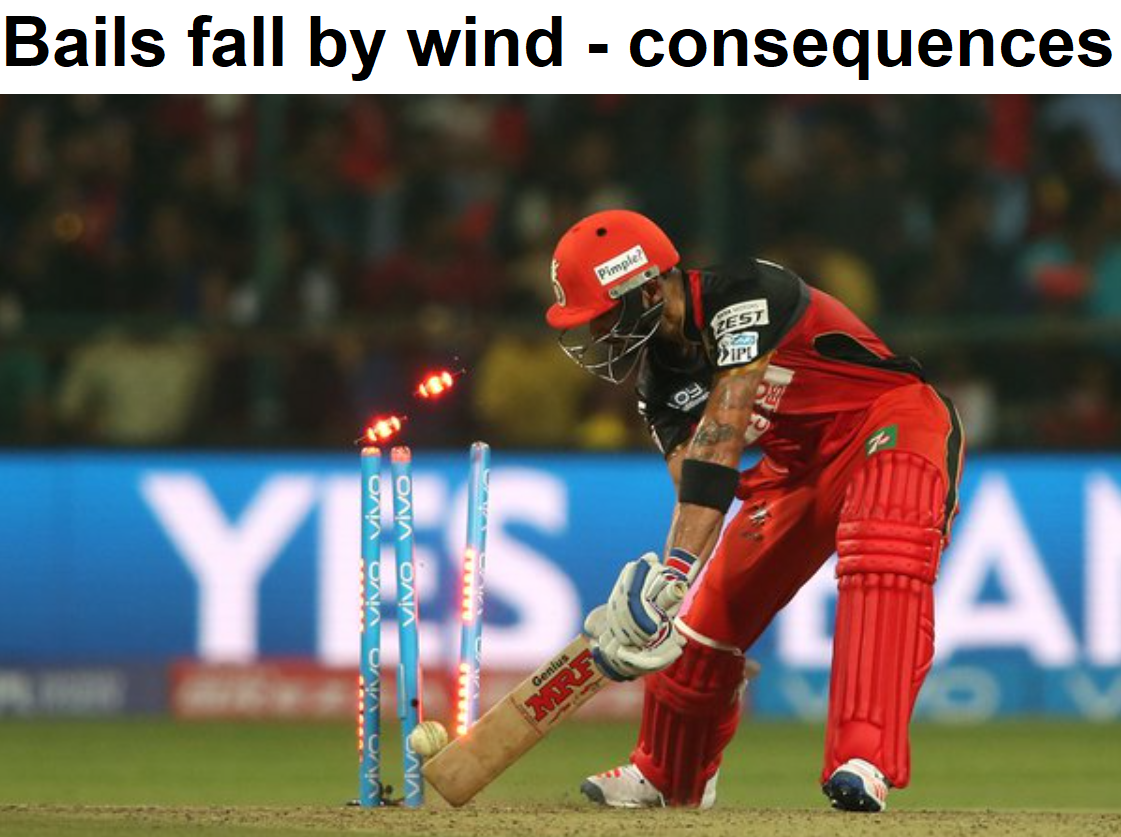

Stumps are one of the mandatory equipment used in the sport of cricket. They are also known as wickets and constitute three stumps and two bails. Two sets of wickets are seen on the cricket field which are placed at either end of the pitch. Any event related to the stumps in the match comes into question when the bails are dislodged.
Such is the importance of cricket bails that Law 29 of the Marylebone Cricket Club is dedicated to the manner in which wickets are broken. Breaking wickets or the dislodgement of bails is a minimum requirement for the fielding side to make the umpire decide the outcome of the ball. Be it a run-out, bowled, stumping or hit wicket, each of them requires at least one of the bails to be removed in a fashion that is specified by the MCC.
The bails are considered to be legally broken when they are dislodged by the ball, by the striker’s bat, by the striker’s clothing or detached equipment, by a fielder with the arm in which the ball is held.
When the bails are disturbed by any other manner, then they are not considered to be legally dislodged. This includes temporary dislodgement of the bails by natural factors like wind. In such a case, the batter is deemed not out.
Laws are further referred when strong winds are consistent on the field. It shall be then left to the umpire’s discretion whether play can resume without the bails. In an event when play resumes without the bails, any decision for an event where the ball hits the stumps is left at the umpire’s judgement.




